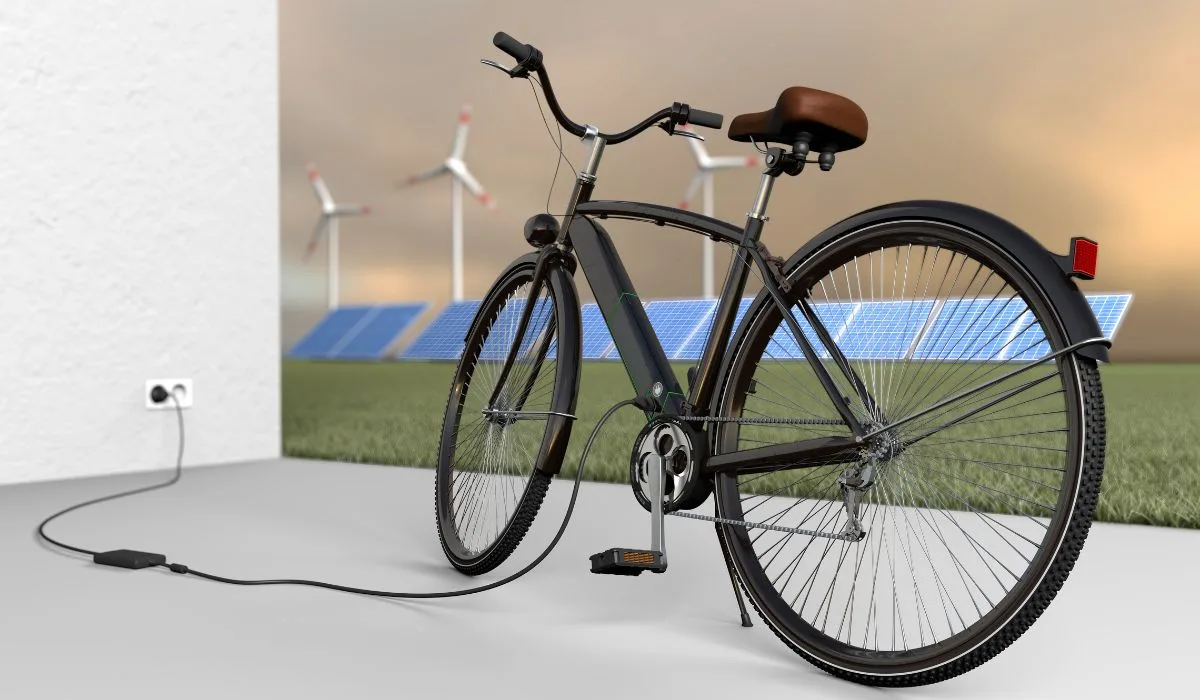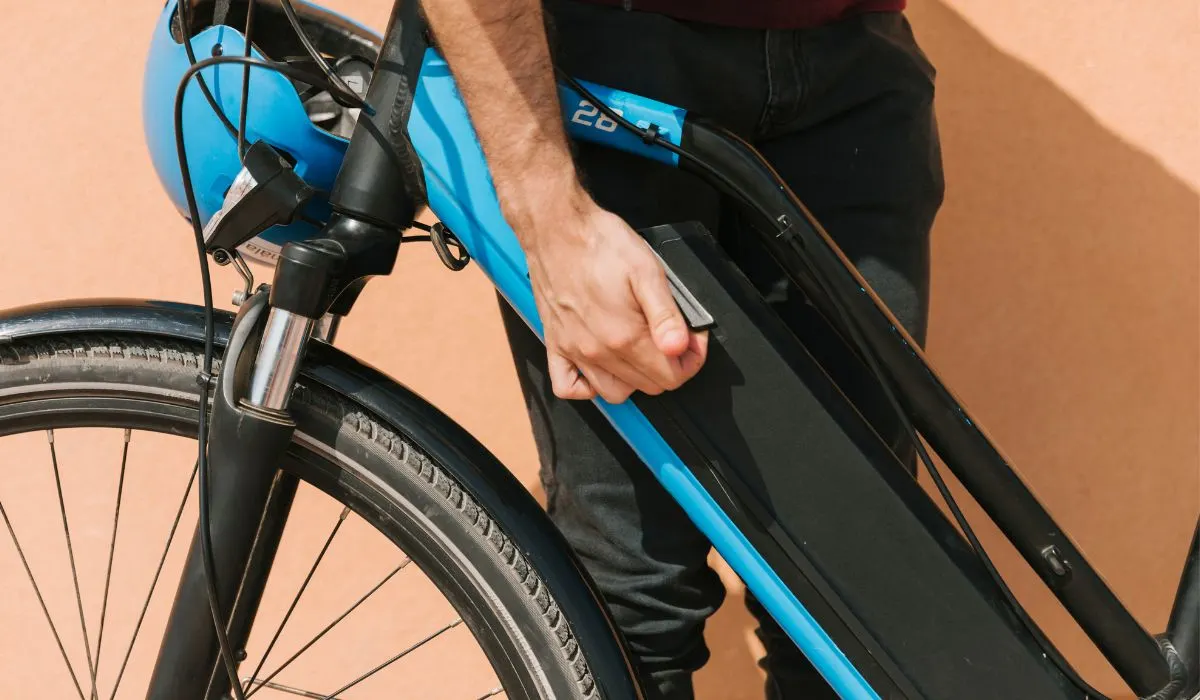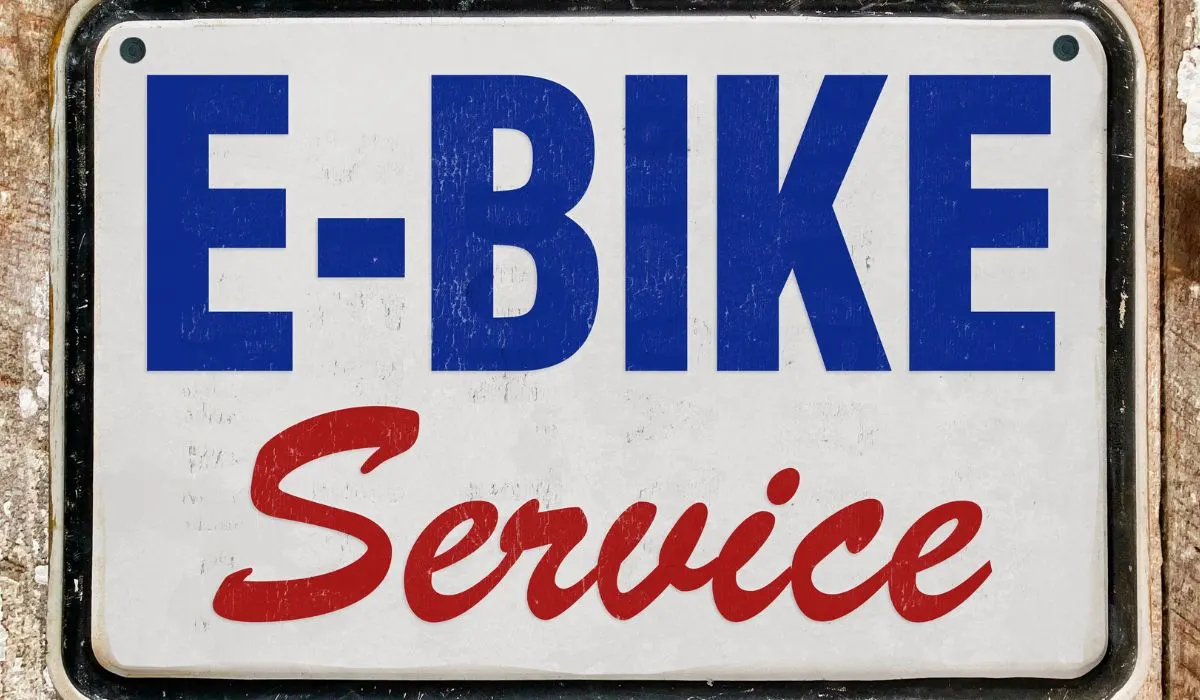
Electric bikes have changed how we commute and explore and constantly encourage people to get onto a bike. Knowing how to troubleshoot your electric bike when it starts to cut out is a good skill to have instead of asking, “Why is my electric bike cutting out?” before hauling it to the repair shop each time.
An electric bike cutting out can happen due to electrical and mechanical issues. To troubleshoot, inspect these parts:
- battery
- controller
- brake motor inhibitor
- throttle
- wiring connections
- pedal assist
- speed sensor
Only so many parts can cause an electric motor to:
- cut out
- lose power
- not function at all
Inspecting certain parts for damage should be done systematically from one end to the other. Every electric bike owner should know how to troubleshoot their bike when it keeps cutting out. Most of the time, the issue can be easily rectified and won’t require a trip to the local bike shop.
Why Is My Electric Bike Cutting Out?
Electric bikes have an electric system in place that powers the bike. If and when one of these components starts to malfunction, the operation of your electric bike will be affected. The quickest way to notice a problem is when the electric bike starts cutting out.
The usual suspects in the case of an electric bike cutting out are faulty or malfunctioning parts:
- Battery
- Controller
- Wires
- Connections
- Brake Motor Inhibitor
- Pedal Assist
- Throttle
- Speed Sensor
How To Troubleshoot Your Electric Bike When It Cuts Out
By troubleshooting all the parts listed above, you will quickly get an idea of what is wrong. Most importantly, you’ll know what to do to fix it as quickly as possible.
If you cannot identify the reason for the cut-out (after going through the step-by-step troubleshooting guide), take the bike to your local bike repair shop for a once-over.
Inspect Your Electric Bike’s Battery
The first place to start inspecting is the electric bike battery, as the battery is usually to blame when an electric bike starts acting weird or not functioning as it’s supposed to.
Test The Voltage Of The Battery
You want to ensure that the battery has enough voltage in it, so check that the bike is powering up by checking that the little LEDs or display panel on your electric bike is lighting up.
If it’s not lighting up, it can indicate:
- a blown replaceable battery fuse
- the battery isn’t charged
- a failing or dead battery
If the battery doesn’t have a LED power indicator to show you the charge of the battery, then using a voltmeter such as this one on Amazon, is the way to go. Remove the battery from the bike, take the positive and negative of the voltmeter, and attach it directly to the charger connector or the battery prongs.
Suppose you get a reading of 20 volts, and your battery is a 48-volt battery, then you have your answer. The battery is either uncharged, has blown a fuse, or is starting to fail. Here’s what to do:
- Charge the battery for 8 hours.
- See if the bike operates as it should.
- Check to see how quickly the battery loses its power.
A dead battery will have to be replaced. A battery that loses power quickly (a less than 20-minute range when riding flat) can also indicate a failing battery. Now is the time to check if your electric bike is still under warranty.
If a 48-volt battery has a surface charge of 52-54 volts when fully charged, then it is sure that it’s not the battery causing the power cuts.
Inspect The Battery Prongs
When the battery is charged and produces the right voltage but still doesn’t deliver power to the engine, it may be the battery prongs that are not connecting as they should (the female prong might be bent slightly). Failure to connect will result in the electrical circuit not completing its power flow.
Realign the prongs by bending them slightly using a wrench or flathead screwdriver. Here’s a really quick video showing how to do this:
Clean the prong area before you fasten your battery with something like Velcro or tape. When the battery moves around, it can lead to damage and cut-outs when the ride gets tough.

Inspect The Battery Management System
Many electric bikes feature a smart battery management system, where the battery will withhold power to the motor when any system or part of your electric bike is under pressure or danger. The faults will be communicated via error codes on the display unit.
When the error codes pop up on your display unit, you can use a google search to find out what they mean and where you should focus your attention. The battery management system will cut off power when sensing that the battery is draining too quickly or protecting a failing battery from overheating.
Inspect Your Electric Bike’s Controller
The controller plays a very important part in the functioning of the electric bike. It is tasked with transferring power from the battery to the motor based on information received from all the sensors and controls.
The smallest technical fault can affect the way that the controller distributes power. Typically, you will find a bullet or male and female connection where the battery connects to the controller. Sometimes the problem is as simple as one wire being loose or disconnected.
By taking the controller out, it’s easy to spot a disconnected wire. If it’s color-coded, simply reattach the wire to the right color connection.
There’s a connection between the motor and the controller at the bottom of the bike that you should check for any slight disconnection or damage. Without a proper connection, the bike won’t go.
If you suspect the controller is damaged, or not functioning as it should, reset the circuit breaker or check the fuse to see if it’s burned out.
Inspect Your Electric Bike’s Wiring And Connections
Check out all connections and wires. Be on the lookout for any disconnections between parts of your electric bike. For example, the cable that connects the battery to the controller.
Check all your wire connections by unplugging them. Also check if the pins are broken or if some are missing, as these disconnections or improper connections can be why your bike powers out.
Sometimes a display unit not connecting with the controller due to a faulty connection to the holder can be why your battery management system decides to cut power to the motor.
TIP: Reconnecting and securing any loose or improper connections can solve the problem of your engine cutting out. Be sure to replace any damaged wiring and connection points.
Inspect Your Brake Motor Inhibitor
Most electric bikes have a brake motor inhibitor (cut-off switch connected to the brakes) that switches off the motor when the brake is activated. The brake sensors will typically include a magnet sensor. The brake sensor is at the base of the brakes, while the magnet sticks to the lever.
When pulling the brake lever, the magnet will split from the lever, cutting off the engine power. To test if the sensors are causing the issue, unplug the break cut-off switch and watch if your motor regains power.
You need to adjust or replace the sensors if the motor powers up. Here’s a quick video showing how it’s done:
If the motor doesn’t regain power, it’s probably not the sensors causing problems.
NOTE: A common reason for the motor to “cut out” is when the brake lever is damaged from a fall resulting in the brakes staying in a pulled-back position, ultimately keeping the brake motor inhibitor switch turned on.
Inspect the brake levers for any sign of visible damage and replace them if necessary.

Inspect Your Pedal Assist System
An electric bike pedal-assist system, either found built into the bottom bracket or front sprocket chainring, might be the reason for occasional power cut-offs.
Sometimes the issue is when the disc with a ring of magnets on it, found on the front sprocket, isn’t in alignment with the sensor due to getting knocked around or walking out on the bottom bracket.
Adjust these magnets by pushing the disc closer to the sensors using a flathead screwdriver or your fingers. An underlying reason for power supply cut-outs could be if you have made recent adjustments to the:
- sprockets
- pedals
- wheels
Inspect the areas where mechanical adjustments were made thoroughly, ensuring everything is in order.
NOTE: If the problem persists and you can’t locate the problem, then a trip to the bike shop will be your best bet if you are sure that the power cut-out problem has something to do with the pedal assist.
Inspect Your Electric Bike’s Speed Sensor
When you find that everything on your electric bike is in working order, and the bike provides a little bit of assistance before cutting out, it might be due to the speed sensor not reading the spoke magnet.
The spoke magnet is a magnet placed on one of the spokes on your back wheel. In conjunction with the speed sensor on the swingarm, it works out how fast your bike travels.
The spoke magnet will not result in any data being received about the bike’s speed and can result in the engine cutting out if it is:
- dirty
- turned around
- has fallen off or down the spoke
Refer to your electric bike manufacturer’s handbook to guide you in correctly placing the spoke magnet.
TIP: If you have a Bosch motor in your electric bike, the error code will be 503 on the display unit. A Shimano-equipped electric bike will display error code W011.
Inspect Your Electric Bike’s Throttle
Many electric bikes come with a throttle. After a while the throttle controls can easily become stuck when you pull them back, not returning to the off position by themselves. When overused, the throttle can become loose and suffer damage inside the mechanism, which can lead to power cut-outs.
Inspect the throttle; if it feels especially loose and is not receiving steady power when pulled back, it may be best to replace the part.

Conclusion
Electric bikes are awesome. Unfortunately, they can be much more maintenance than a normal bike due to all the added electric components. The chance of something going wrong on an electric bike is higher than one without:
- a battery
- a motor
- numerous sensors
- wiring
Should your electric bike cut out or lose power often, there are certain parts of the bike that you can inspect to quickly find the root of the problem. If you have inspected your bike from one end to the other and still have no answer, then a quick call or visit to the local bike shop should do the trick.
You might also be interested in:
